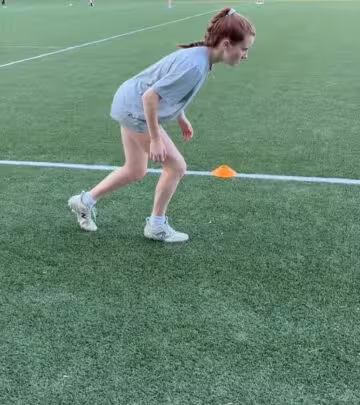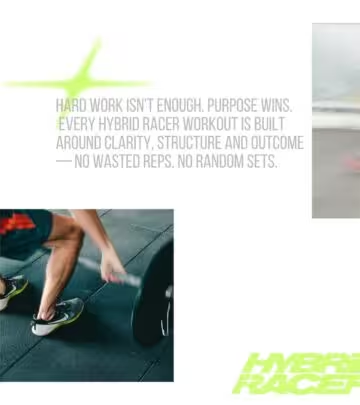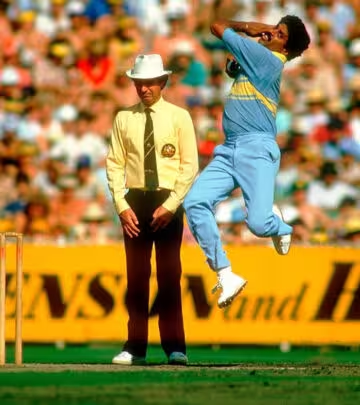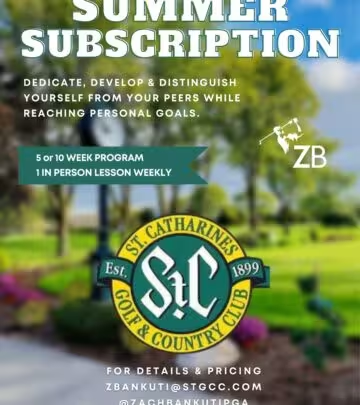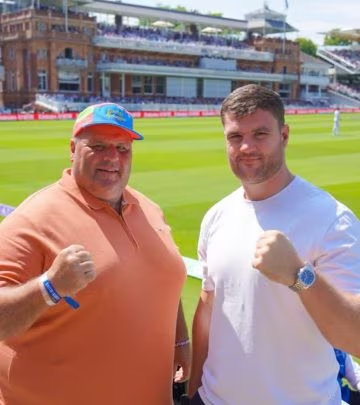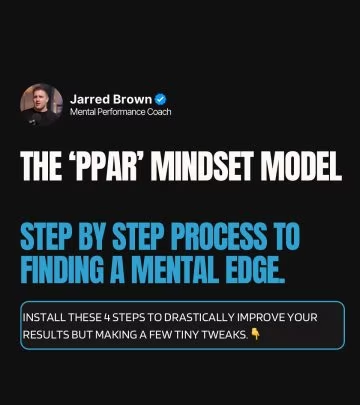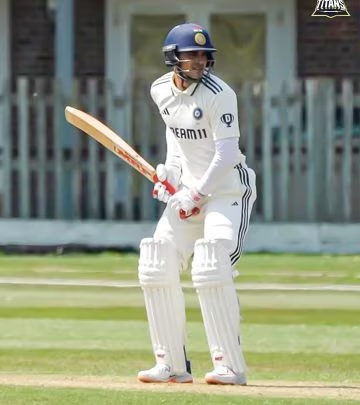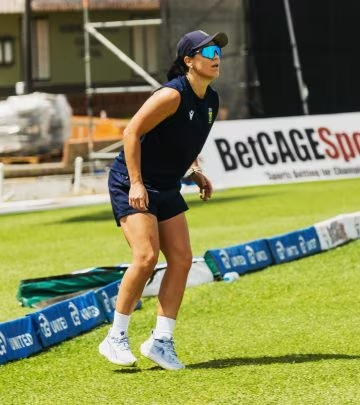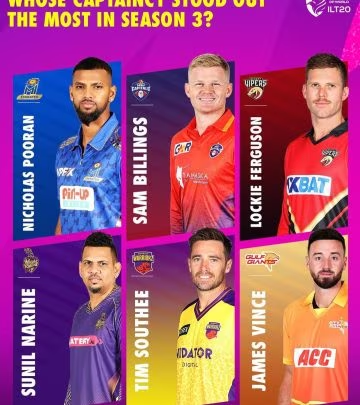Team-Sport Training: Prioritizing Speed And Explosiveness
Training Reboot: Athletes Prioritize Explosive Speed, Agility & Movement Over Bulky Lifts.

Image: Instagram
Gerry DeFilippo, known online as @challengerstrength, has stirred discussion on training strategies for team-sport athletes versus bodybuilders and powerlifters. In a recent Instagram post, he posed a critical question: Are you training to be a team-sport athlete or to be a bodybuilder? His message is clear—prioritize developing speed, agility, and explosiveness over simply chasing maximum lifts or aesthetic muscle gains.
Gerry’s advice challenges the conventional wisdom that heavier weights and a focus solely on hypertrophy are the keys to athletic success. He explains that strength and size improvements are natural byproducts when training is centered on enhancing movement dynamics and power. This shift in focus, he argues, leads athletes to become faster, more explosive, and ultimately more effective on the field. His straightforward take resonates with many who are rethinking their training routines in today’s multifaceted sports environment.
Training Philosophy Unveiled
The post digs into the training structure adopted by many athletes. Gerry highlights that too often, athletes fall short simply because their training programs prioritize the wrong objectives. Rather than gearing workouts toward maximizing a single lift or perfecting an aesthetic ideal, he asserts that the primary objective should be functional movement—being agile and fast. This approach is particularly relevant for team-based sports where quick directional changes, sprints, and rapid bursts of energy play a crucial role in performance.
Gerry’s message is timely, especially as more coaches and trainers integrate team-sport conditioning into their programs. His insights are echoed in earlier posts by renowned trainer Julian LoCasto. In one post, Julian critiqued the overemphasis on repetitive lifting routines and stressed the importance of varied, athlete-specific programming that blends strength, speed, and power. These professionals agree that designing training sessions around the dynamic demands of a sport can yield more effective performance improvements than traditional bodybuilding routines.
Technique Over Tonnage
Building on this perspective, the conversation around athletic conditioning is evolving. Julian LoCasto has frequently shared his views on optimizing athletic conditioning through sport-specific exercises. In one of his posts, he pointed out that if basic movement and explosive training are ignored in favor of constant lifts, athletes risk neglecting the skills that will positively impact their game performance. Another post encouraged athletes to work smart in the summer months, emphasizing the value of structured, sport-focused conditioning to prepare for the competitive season.
Both Gerry and Julian advocate for a balanced training approach. They recommend that coaches and athletes reevaluate the blend of lifts, sprints, and rest periods. The idea isn’t to eliminate strength training but to let strength be an organic development within a comprehensive program that also hones speed, agility, and reaction time. For athletes in dynamic team sports, this means crafting a training regimen that supports the explosive efforts required during games while still developing overall strength.
The discussion extends into practical tips. Gerry notes that training to compete in a heavy lift isn’t the ultimate goal; rather, training should make you move as efficiently and powerfully as possible. Strength becomes a welcome side effect rather than the focal point. This mindset helps athletes avoid overtraining in one specific area and encourages a more holistic development of physical skills needed for rapid movements and responsive play.
As more athletes and coaches adopt this philosophy, training sessions are becoming more specialized. Whether it’s sprint intervals interspersed with agility drills or dynamic lifts that mimic game scenarios, the trend is steering away from one-dimensional workouts. The dialogue Gerry has initiated reinforces the importance of aligning training methods with the real demands of competitive sports.
The renewed focus among experts to prioritize functional attributes over raw lifting power is gradually redefining athletic training. By encouraging athletes to concentrate on speed, agility, and explosiveness, trainers are equipping them to perform better on the field without compromising overall physical development.
This evolving conversation in sports conditioning serves as a reminder that sometimes, rethinking traditional approaches can lead to significant improvements. In an age where athletic performance is measured in quick sprints and nimble maneuvers, the advice from coaches like Gerry and Julian offers a fresh perspective for modern training regimes.
Read full bio of Vidya Tadapatri


